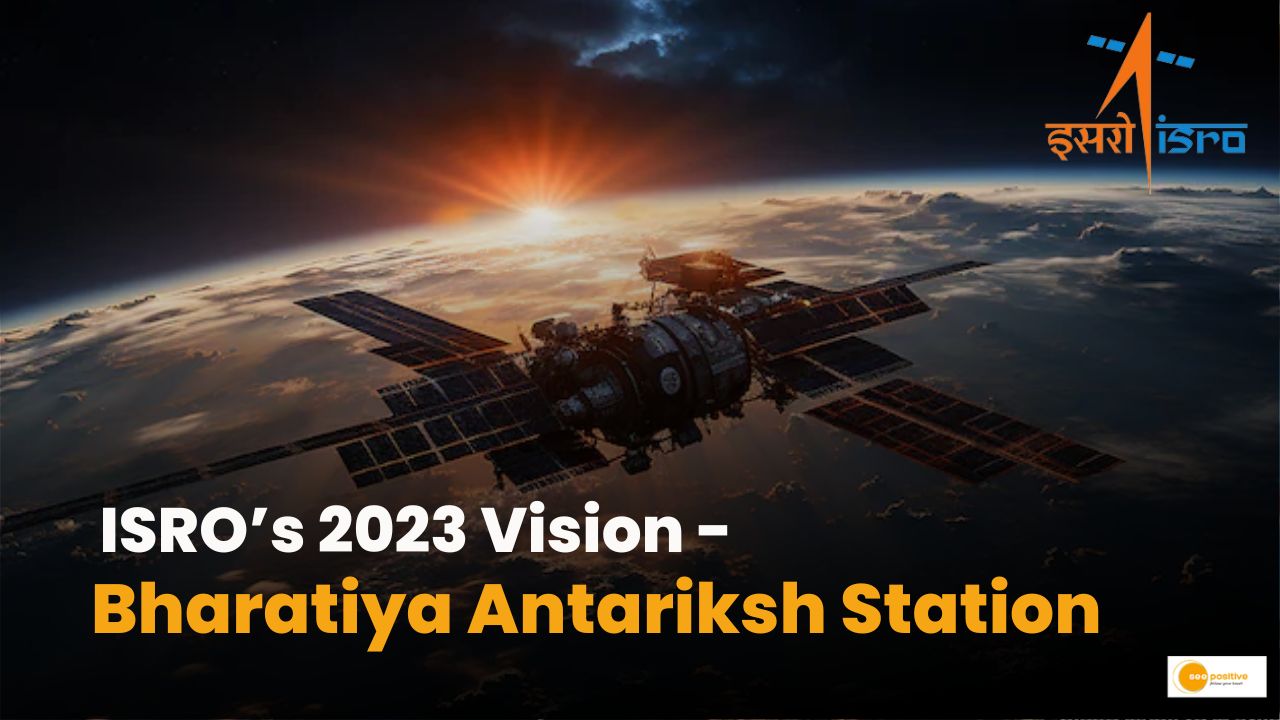India is venturing into new frontiers in space exploration with the ambitious project of setting up its very own space station. Named Bharatiya Antariksh Station (BAS), the Indian Space Research Organisation (ISRO) is diligently working on making this vision a reality by the year 2035.
Let’s delve into the details of what the Bharatiya Antariksh Station entails and the significant progress made by ISRO.
What is Bharatiya Antariksh Station?
Bharatiya Antariksh Station, commonly known as BAS, is India’s upcoming space station. It is essentially a large structure in space where astronauts can live and conduct various scientific experiments. The project is currently in the early stages of planning, with ISRO working on the overall design and configuration.
Phased Assembly of BAS:
ISRO plans to build Bharatiya Antariksh Station in different phases. Instead of creating the entire space station at once, it will be assembled gradually. This phased approach allows for careful planning and execution.
The project involves putting together different modules, which are essentially the building blocks of the space station. These modules will be launched into space and assembled in orbit to form the complete station.
Current Status:
As of now, Bharatiya Antariksh Station is in the ‘conceptualization phase.’ During this phase, scientists and engineers study and identify the overall architecture, the number of modules required, and the types of modules needed for the space station. This crucial planning phase lays the foundation for the subsequent stages of development.
Funding for BAS:
While the government has not allocated specific funds for Bharatiya Antariksh Station yet, this is a common practice in such large-scale projects. Funding considerations usually follow feasibility studies.
Once these studies are completed, a detailed proposal will be presented to the government for approval. This ensures that the project progresses based on careful assessments and observations.
Prospective Roadmap:
To bring Bharatiya Antariksh Station to fruition, ISRO is creating a prospective roadmap. This roadmap outlines the step-by-step realization of different modules and their respective launches. This strategic planning is crucial for the success of the project and ensures that each phase is executed seamlessly.
Focus on Moon Exploration:
In addition to working on BAS, ISRO is also concentrating on its moon exploration missions. The upcoming missions involve sending robotic explorers to the moon, including orbiters, landers, and rovers.
These missions are designed to collect lunar samples and pave the way for future endeavors, such as the possibility of human landings on the Moon.
Feasibility Studies for Moon Exploration:
Feasibility studies play a crucial role in shaping India’s moon exploration initiatives. ISRO is currently undertaking these studies to determine the practicality and viability of various aspects of lunar exploration.
This includes assessing the potential for collecting and returning lunar samples and, ultimately, exploring the prospect of sending humans to the Moon.
Positive Takeaway
Bharatiya Antariksh Station represents a significant leap forward for India in the realm of space exploration. The meticulous planning, phased assembly, and focus on feasibility studies underscore the dedication of ISRO in making this ambitious project a reality.
As India continues to reach for the stars, BAS stands as a symbol of the country’s growing prowess in space science and technology. The future holds exciting possibilities as India takes its place among the nations exploring the vast reaches of outer space.


